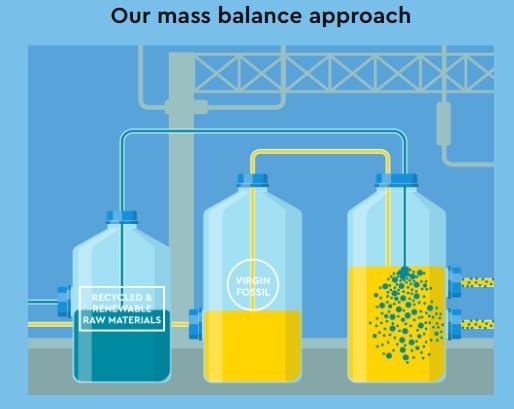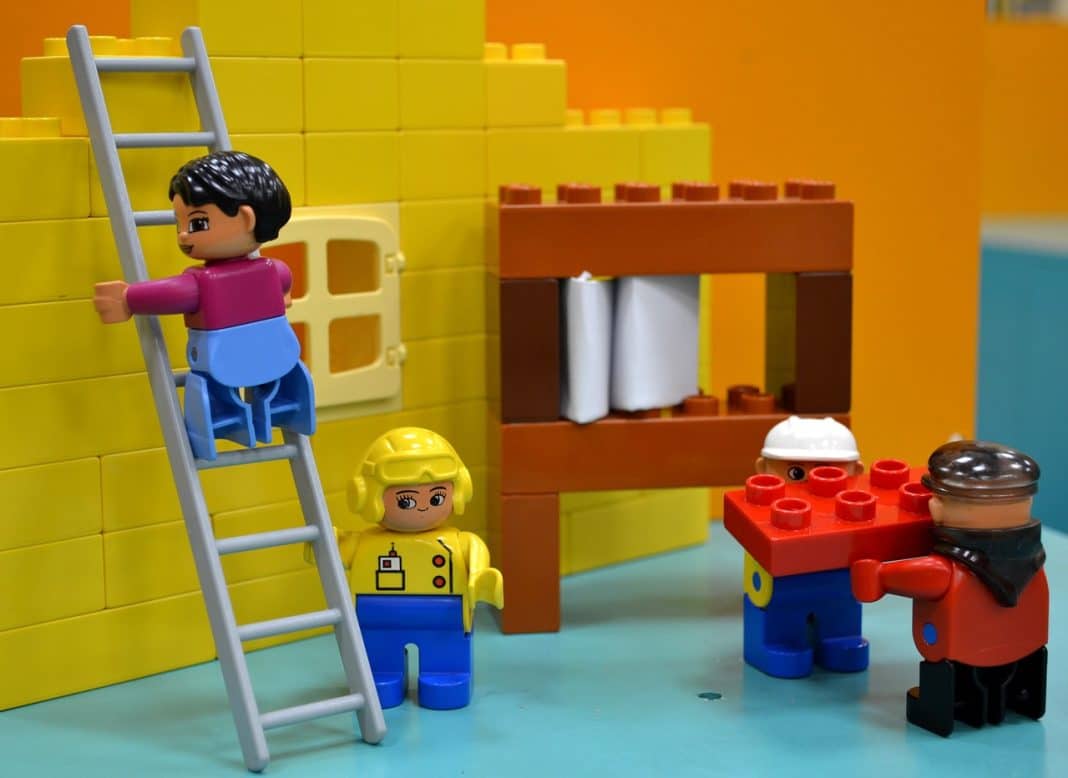Lego is taking significant steps to replace fossil fuels in its iconic bricks with renewable and recycled plastic. Despite the higher costs, the Danish toymaker is determined to phase out oil-based materials by 2032. On top, the company delivered outstanding double-digit top-and-bottom-line growth in H1 2024, which would accelerate its swift transition into 100% sustainable bricks.
CEO Neils Christiansen revealed that,
“The company is on track to ensure that more than half of the resin it needs in 2026 is certified according to the mass balance method, an auditable way to trace sustainable materials through the supply chain, up from 30% in the first half of 2024.”
Lego’s Massive Revenue Jump
LEGO has achieved impressive financial growth in the first half of 2024, setting new records across the board. The company’s growth was driven by strong demand for its diverse product range, particularly in the U.S. and Europe.
Key Financial Highlights
- Revenue: Increased by 13% to DKK 31.0 billion (from DKK 27.4 billion in H1 2023)
- Consumer Sales: Grew by 14%, outpacing the overall toy industry
- Operating Profit: Up by 26% to a record DKK 8.1 billion
- Net Profit: Up 16% to DKK 6.0 billion (from DKK 5.1 billion in H1 2023)
- Cash Flow from Operations: Jumped 60% to DKK 7.5 billion (from DKK 4.7 billion in H1 2023)
- Investments: DKK 4.5 billion spent on new factories, facilities, and offices (up from DKK 3.6 billion in H1 2023)
- Free Cash Flow: Increased to DKK 3.0 billion (from DKK 1.1 billion in H1 2023)
The company also increased its spending on sustainability, retail, and digital initiatives, ensuring it remains a leader in the toy industry.
Building Each Brick with Sustainable Materials
From media reports, we discovered that Lego has already tested over 600 materials in its quest for sustainable alternatives to plastic. The company plans to reduce the oil content in its bricks by spending 70% more on certified renewable resin. CEO Neils Christiansen has also stated figuratively that this would certainly increase the cost of production.
Sugarcane Based Bio-PE
Since 2018, LEGO has been using bio-polyethylene (bio-PE) for flexible parts like flowers, botanical elements, and minifigure accessories. Made from sugarcane sourced in Brazil, this material is produced in a way that aligns with WWF guidelines, ensuring sustainability without compromising food security. Today, over 200 different LEGO elements are crafted from bio-PE, and nearly half of all LEGO sets include at least one of these eco-friendly pieces.
ArMABS: Recycled Artificial Marble
LEGO’s transparent elements, such as lightsabers, windscreens, and windows, now contain 20% recycled materials from artificial marble kitchen countertops. With more than 500 different arMABS elements available, these sustainable components appear in over 60% of LEGO sets, proving that recycling can lead to crystal-clear results.
Highly Durable ePOM
For robust, rigid components like axles, LEGO is developing a new plastic called ePOM. This innovative material blends renewable energy and CO2 from bio-waste, making it the futuristic choice for LEGO’s most durable parts. Notably, the company plans to start using ePOM by 2025, marking another step forward in sustainability.
A Thing of the Past: Recycled Prototype Brick
In 2021, LEGO created a prototype brick using PET plastic from recycled bottles. However, after two years of development, it became clear that this material did not achieve the carbon reduction goals LEGO aimed for. Despite this, the project provided valuable insights that will guide LEGO as it continues to explore new materials and improve the sustainability of its bricks.
Interestingly, these bricks are permanent. Whether you bought them years ago or will buy them in the future, they all fit together perfectly. The company calls this reliable connection- ‘clutch power’. This means that every brick stacks securely, no matter when it was made.
No wonder these materials meet high standards for safety, quality, durability and now sustainability. Furthermore, the shift to greener plastic comes at a time when global toy sales are sluggish, with major competitors like Hasbro cutting jobs due to declining demand.
However, with high sales volume and strong brand value, LEGO can easily afford the production cost.
Responsible Sourcing and Strategic Partnerships
Lego wants to achieve net-zero greenhouse gas emissions by 2050 and cut emissions by 37% by 2032 based on 2019 levels. Notably, it aims to remove more than 139,000 tons of CO2e this year. One key strategy for reaching this goal is incorporating sustainable and circular materials into all products by 2032.
This involves using responsibly sourced recycled materials to minimize waste while ensuring high safety and quality standards. For instance, it sourced 18% of its resin under mass balance principles in 2023.
- MUST READ: Brick by Brick: Lego Builds a Net Zero Future With Stricter Carbon Reductions for Suppliers
Unlocking Lego’s Mass Balance Strategy
Mass balance is a strategy designed to boost the use of renewable and recycled materials in all LEGO products. This model involves blending virgin fossil sources with certified renewable and recycled inputs to create their raw materials.

By doing so, LEGO reduces its dependence on virgin fossil fuels, stimulates the market, and encourages the industry to increase the production of sustainable materials. LEGO aims to achieve International Sustainability and Carbon Certification (ISCC) Plus Certification in the first half of 2024. This global certification system covers all types of sustainable feedstocks, including agricultural and forestry biomass, chemicals, plastics, packaging, bio-based materials, and renewables.
Furthermore, the company is working closely with suppliers, research institutions, and industry partners to innovate new materials. Additionally, LEGO is exploring e-Methanol with partners like European Energy and Novo Nordisk, with prototypes expected soon, which could lead to future commercial use.
By investing in renewable materials, LEGO hopes to lead the toy industry toward a greener future. All in all, it is a smart move as Christiansen confidently says,
“We used our solid financial foundation to further increase spending on strategic initiatives which will support growth now and in the future to enable us to bring learning through play to even more children.”
FURTHER READING: Barbie’s $1.3B Movie and Green Shift: Hollywood Meets Sustainability


